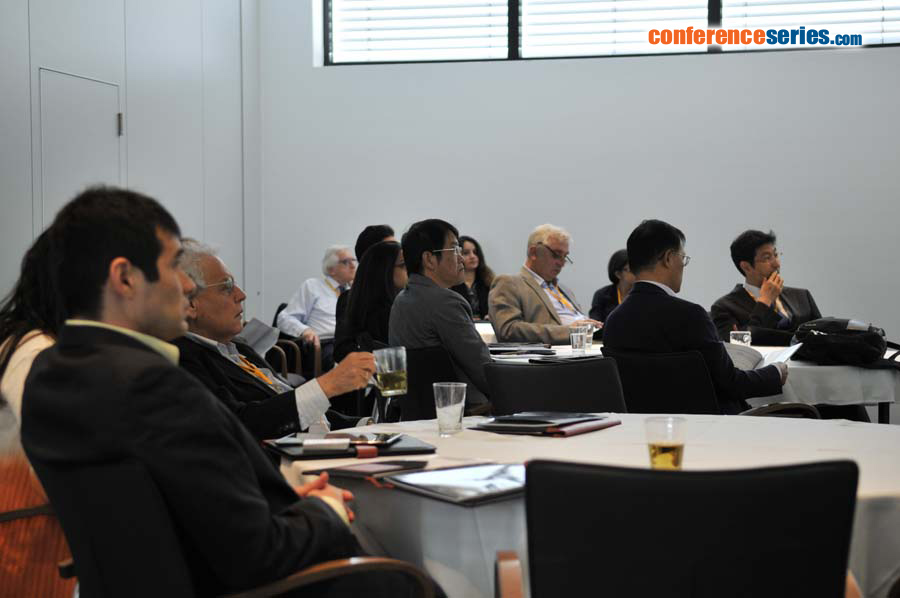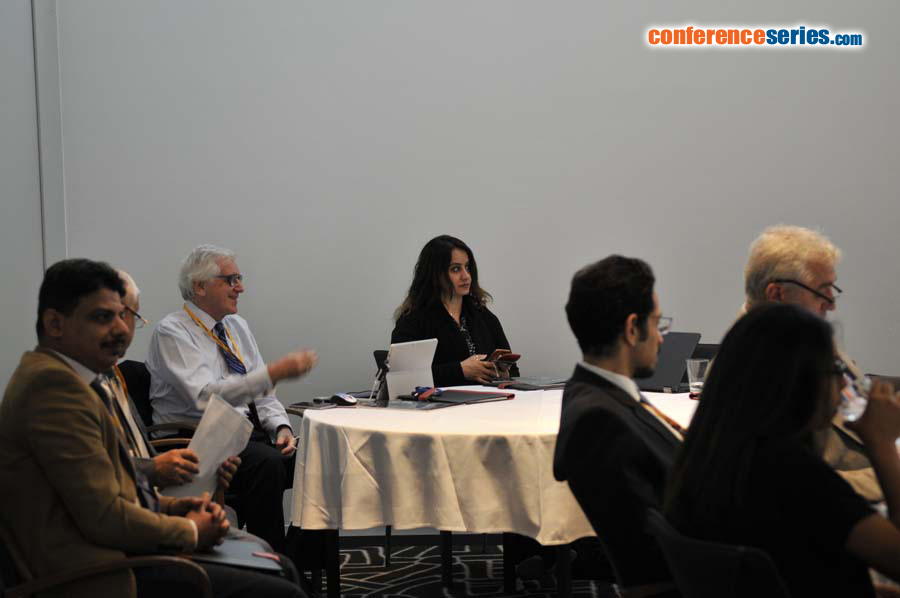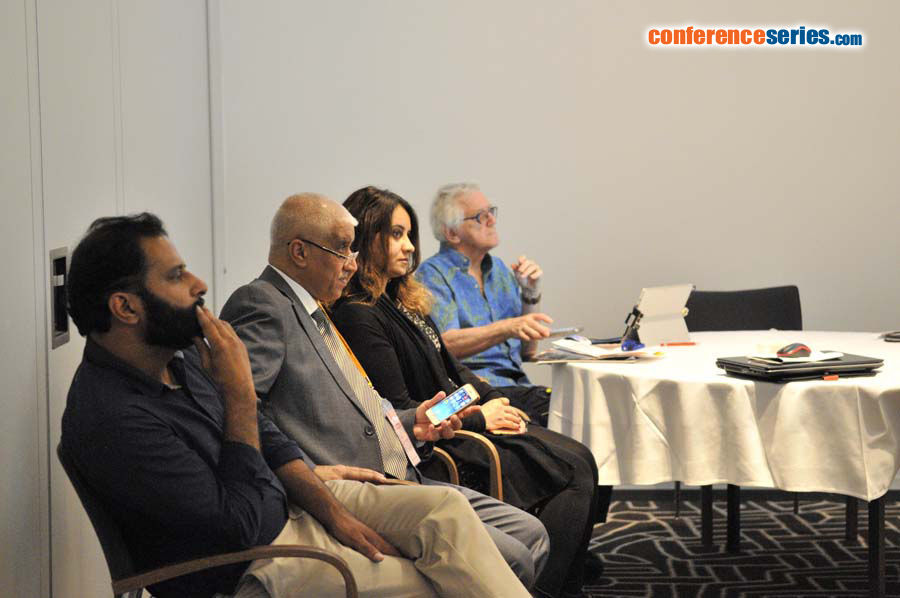
Ian S Butler
McGill University, Canada
Title: Selected applications of molecular spectroscopy in cultural heritage studies
Biography
Biography: Ian S Butler
Abstract
Throughout the world, considerable effort is being expended in identifying and preserving objects of national cultural heritage interest. Art forensics is particularly important in repairing damaged paintings and frescoes through the identification of the pigments that artists have used over the centuries. Such pigment analyses are also crucial in identifying forgeries. Most large art museums, e.g., National Gallery in London, Getty Museum in California and Metropolitan Museum of Art in New York City, now have laboratories attached to them, which are equipped with an array of modern molecular spectroscopic instrumentation, e.g., infrared, Raman, single-crystal and powder X-ray diffraction and mass spectrometers. In our laboratory, we have focused our research work on the applications of infrared and Raman spectroscopy in art forensics. In particular, we have used photoacoustic infrared spectroscopy in establishing a data base of molecular spectroscopic information for a wide range of solid inorganic and organic pigments. In this lecture, we will give some selected examples of molecular spectroscopy in cultural heritage studies and also describe the technique of photoacoustic infrared spectroscopy and its application in art forensics.





